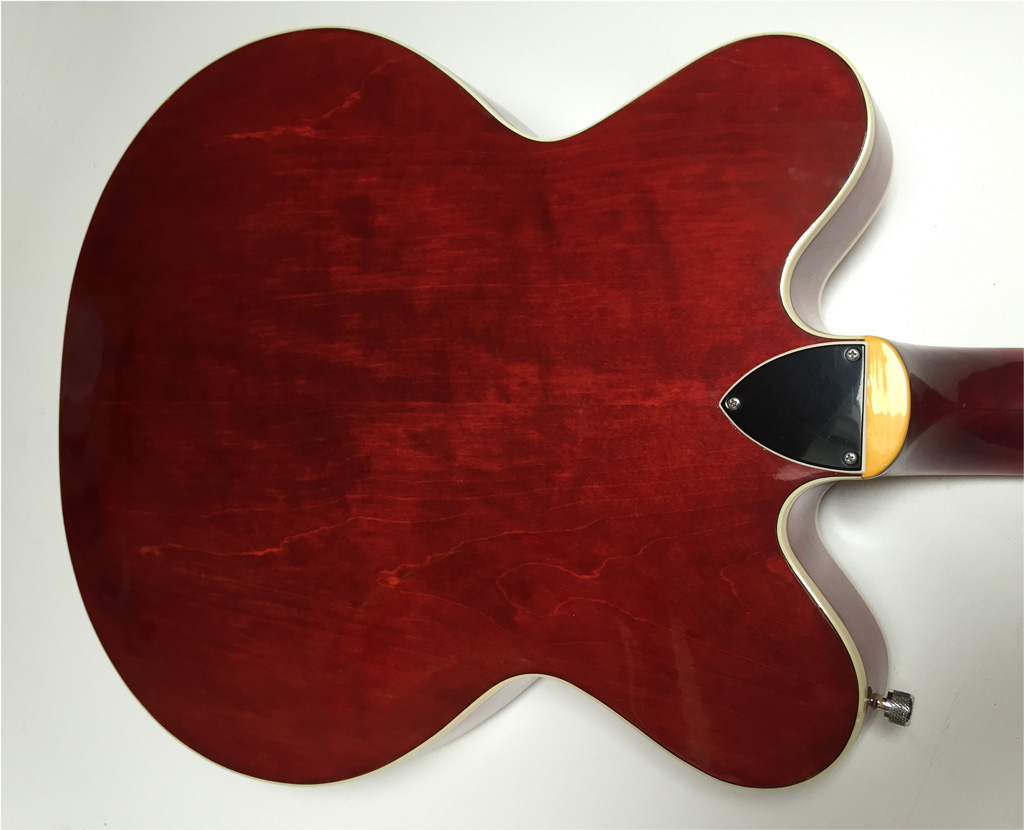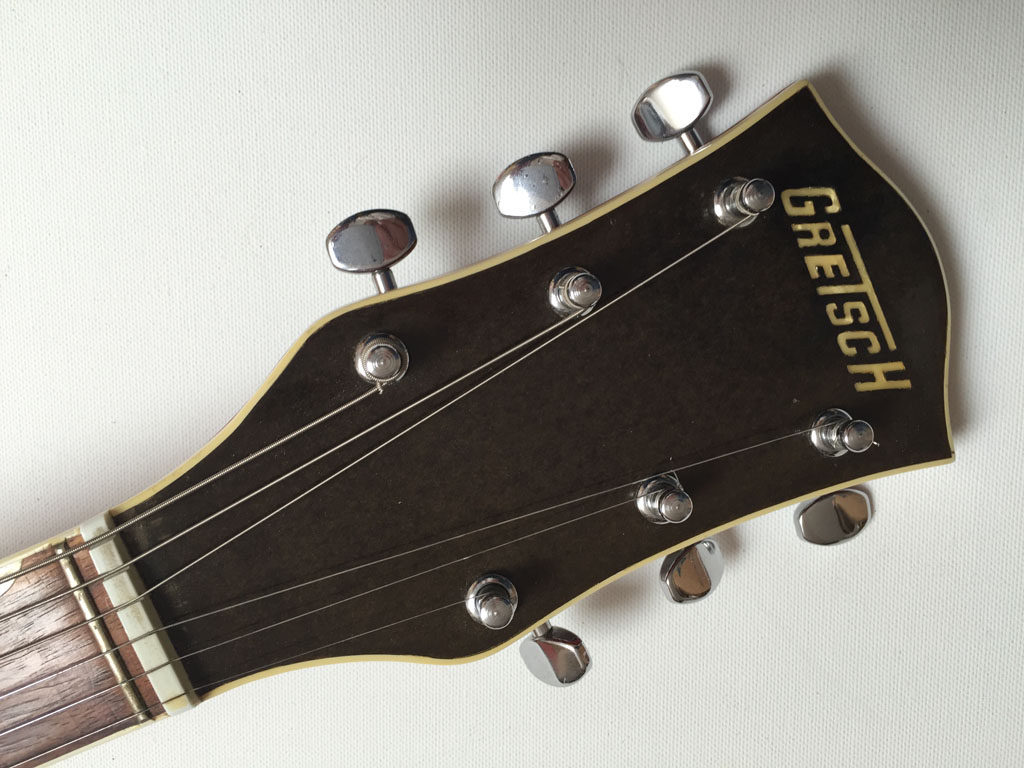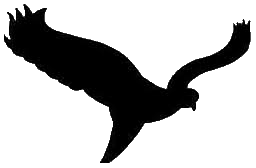Gretsch - In brief "the story behind"
The company's founder, Friedrich Gretsch, was 16 years old when he emigrated from Mannheim (Germany) to New York in 1872. There he joined Albert Houdlett & Son, a drum and banjo manufacturer. In 1883 he started the Gretsch Manufacturing Company to make drums, banjos, tambourines and other instruments for various companies. Friedrich died unexpectedly in 1895 when his son Fred I succeeded him. Guitars were added to the collection in the early 1920s. In 1933, the company began marketing instruments under its own name, and in 1939 Gretsch started making electric guitars. In 1942 took the sons of Fred I, Bill and Fred II (junior) about the company. After World War II, Gretsch's golden era began producing the "rockabilly guitars".
The association with Chet Atkins started around 1954. He played in the Grand Ole Opry in Nashville and was regularly heard on the radio. It was guitarist Jimmy Webster who made an effort to convince Gretsch to pay a guitarist to use their guitars. Certain Chet Atkins and Gretsch reach an agreement and the following year the single-cutaway Gretsch Chet Atkins Hollow Body debuted. The first Chet Atkins models had single-coil DeArmond pickups, which were replaced with humbucking Filter Trons in 1958. Other Gretsch Chet Atkins models were released, including the Country Gentleman (1957) and the Tennessean (1958). The original Chet Atkins Hollow Body was produced until 1961. Baldwin who was also involved with the Burns guitars, with the name Gretsch over in 1967.
 From 1970 through 1972, Baldwin moved guitar production from Brooklyn to a new factory in Booneville, Arkansas. With the move, Gretsch began to incorporate a number of Burns features, including the Burns "gear box" truss rod adjustment. Under a cover on the heel of the neck was the possibility to adjust the truss rod via a gear. From a distance it looks as if the neck is screwed, but it is glued. So there is no cover plate on the head of the neck when a Gretsch has this option for adjusting the truss rod.
From 1970 through 1972, Baldwin moved guitar production from Brooklyn to a new factory in Booneville, Arkansas. With the move, Gretsch began to incorporate a number of Burns features, including the Burns "gear box" truss rod adjustment. Under a cover on the heel of the neck was the possibility to adjust the truss rod via a gear. From a distance it looks as if the neck is screwed, but it is glued. So there is no cover plate on the head of the neck when a Gretsch has this option for adjusting the truss rod.
One of the guitars that got modified was the current Chet Atkins Hollow Body, which was renamed the Chet Atkins Nashville 6120 in 1967. In 1972, the model number became 7660, as is the case with my 1977 copy.
In 1973, there were two major fires at the Booneville factory, and Gretsch never really fully recovered. From 1973 to 1978, Gretsch outsourced production to former manager Bill Hagner. In 1978, Baldwin took over and bought Kustom from Bud Ross the following year, moving the Gretsch offices to Kansas. In 1980, the decision was made to end Gretsch guitar production. In 1985, Fred Gretsch III bought back the company and around 1990 he introduced some reissues of Gretsch classics, made in Japan.
 |
 |

